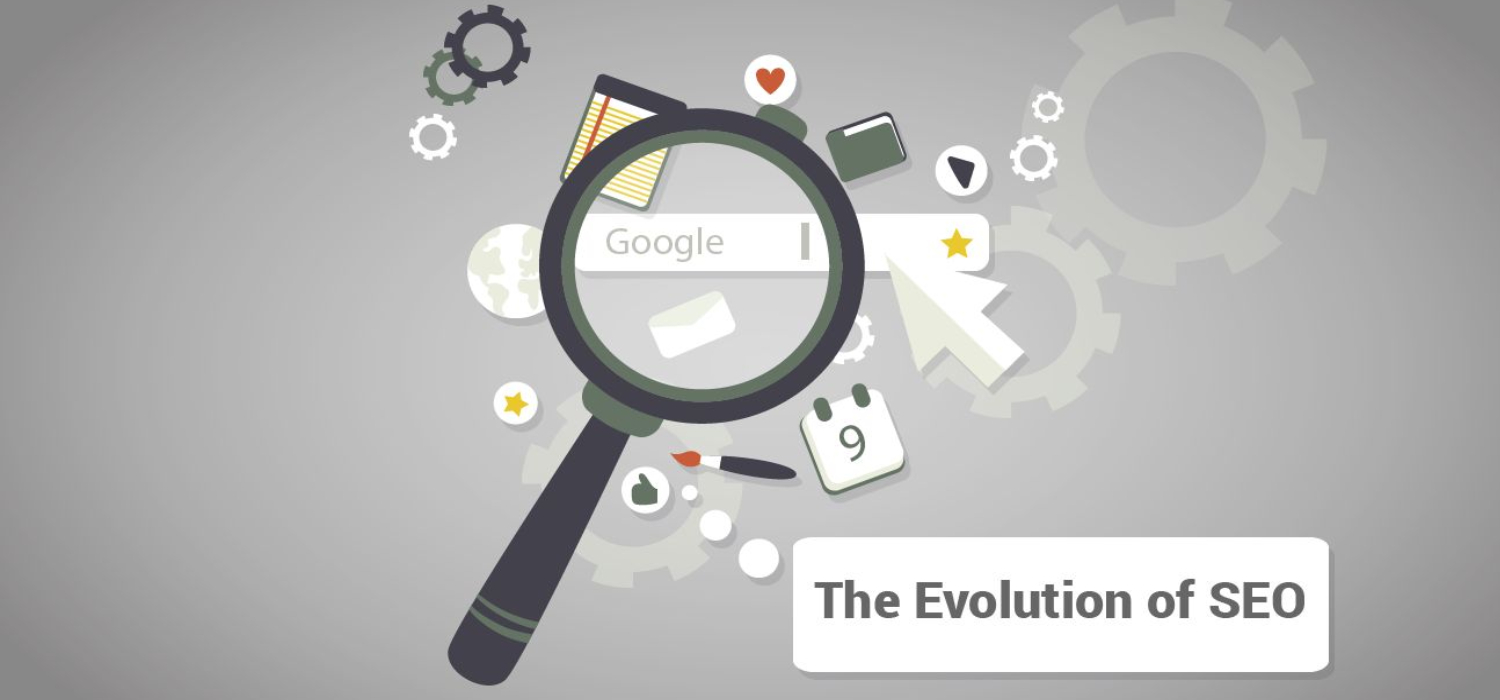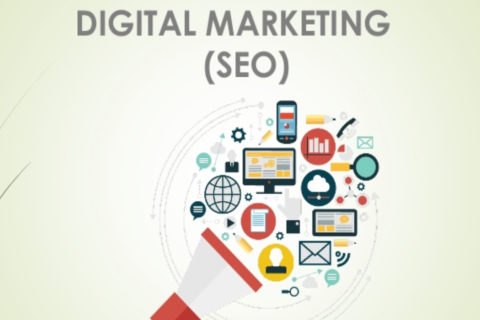Overview
Today, Google is very much at the center of search engine optimization (SEO). However, SEO predates Larry Page and Sergey Brin’s co-founding of the world’s most popular search engine. The term SEO may appear to be a straightforward abbreviation for the practice of optimizing websites. It is, nevertheless, an intelligent technology that increases online traffic, inbound leads, and money. SEO is a difficult process that involves a variety of growing methods and technologies. As a result, every company encounters difficulties in understanding the management of these techniques and progressing toward improved SEO rankings over time.
Search engine optimization (SEO) is a strategy for improving your website’s visibility. SEO is the process of enhancing the quality and quantity of visitors to your website via natural search engine results. SEO is so important that it can easily convert qualified leads into buyers while also improving your website’s user experience. As a result, in order to optimize and build your brand, you must guarantee that your website is SEO-friendly. This article mainly focuses on the evolution of SEO. This blog also consider on how it has progressed to help businesses of all sizes gain more awareness and flourish.
SEO:
Search engine optimization is a process of regularly optimizing a website. We do this in order to rank in the organic, non-paid search engine results pages (SEO). When deciding ranks, Google’s algorithm evaluates over 200 parameters. The four basic subcategories of SEO are on-page SEO, off-page SEO, technical SEO, and User Interaction Signals.
The main distinction is that Search Engine Optimization (SEO) focuses on increasing the visibility of a website in organic search results. But when we come to Search Engine Marketing (SEM), they aim to increase traffic and visibility through both organic and sponsored search. On Google, there are mainly two kinds of search results: sponsored and organic. The goal of SEO is to have your website appear at the top of natural search results. The primary goal of using or having SEO is to get your website to the top of Google’s organic search results. When it comes to SEO, you should concentrate all of your efforts on achieving a high rating in natural search results. When you use both SEO and PPC to obtain traffic from search engines, you’re using SEM. The four basic subcategories of SEO are User Interaction Signals, on-page SEO, off-page SEO, technical SEO, and on-page SEO.
Off-page SEO:
Off-Page SEO is all about obtaining authority and trust signals from other websites. This primarily entails creating high-quality backlinks to your website.
On-page SEO:
On-page SEO is the practice of optimising your website. We do it for keywords that your target clients use to find content through search engines like Google and Bing.
User Interaction Signals:
Google uses the way users interact with your site to determine whether or not your page is a good match for a user’s search.
Timeline of SEO
Tim Berners-Lee launched the first webpage on the internet in 1991. SEO wasn’t quite a thing back in 1994. On the other hand, Eric Ward popularised the idea of finding people to link to based on relevance and relationship. Even now, it is a significant factor in Google’s ranking algorithm. In September of that year, Google started, forever changing the face of the internet. In September of 1998, Google started, forever changing the face of the internet. Google launched the Suggestion Box in the following year. This tool gives SEOs the ability to learn more about how customers browse the web and engage with specific sites, putting the focus back on the customer.
Google has then developed to reward websites that make an effort to engage users by providing rich, informative, and original content in response to their requests. Inbound marketing became the norm, causing a greater emphasis on blog postings and social media marketing, among other things. As you can see, SEO has come a long way in a short time, enhancing the way it provides results to consumers and interacts with the constantly changing digital scene.
How has SEO changed?
You can get a good feel of how SEO has changed through time just by glancing at the timeline. Consider Google. Every day, Google handles 40,000 search inquiries each second, or 3.5 billion. People used to be able to control search platforms by utilizing cheap strategies because search engines like Google used to offer search results based on simple criteria. Google now thinks, performs, and presents search results that are appropriate for human consumption. Today reaching out to your target audience on a personal level is essential for a business to grow and even survive in this digital age.
Answering questions, turning heads, igniting conversations, and encouraging others to share your material are all part of SEO. It’s all about cultivating trust and authority in a fun, instructive, and natural way.
The Present and Future of SEO
About a year ago, the future of SEO appeared relatively clear… until the latest Google algorithm updates began coming out in 2021. When it comes to future SEO and digital marketing trends, it’s essential to understand both the current musts and the trends that may only be considered in the future. Putting time and effort into SEO pays off. However, like with everything digital, changes in SEO are constantly occurring, affecting the ranking elements. Therefore, keeping up with SEO trends is essential for maintaining good ranks.
SEO specialists used to be more concerned with keyword stuffing and spamming backlinks, as well as more tagging and commenting, in order to rank better in the search results. Many search engines have come and gone throughout the years, but Google appears to be thriving. Here’s a look at how SEO methods have changed over time and how they’ve influenced how people search on different devices.
Wrap up
A single, minor search algorithm adjustment used to take a long time to adopt. This may allow several black-hat SEO strategies to aid a webpage’s search rankings. In recent years, Google has been far more watchful and sophisticated, continually developing to promote the steady rise of ethical SEO techniques. To achieve this goal, Google may potentially rely on data from other platforms. By combining data from many digital platforms and social media channels, Google will be able to spot patterns, making it prudent to maintain a consistent brand voice across all of them. It’s a good idea to have well-optimized content, especially high-resolution photographs and videos, available on all devices and in all forms. It is always your responsibility to reach out to your customer base for meaningful input on your online presence and to communicate clearly with content writers.
Do you enjoy reading this blog? Then please have a look at our blogs as well. If you have any queries regarding the blog or about us, then please feel free to contact us at any time. We are here to assist you! Check to visit our website to learn more about us and our services.




